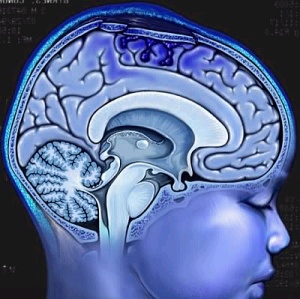 A new study into hearing has uncovered the secret of our extraordinary ability to perceive a range of sounds – from a pin dropping to the roar of a jet engine – and could lead to a better understanding of deafness and hearing loss.
A new study into hearing has uncovered the secret of our extraordinary ability to perceive a range of sounds – from a pin dropping to the roar of a jet engine – and could lead to a better understanding of deafness and hearing loss.
With further research, it is hoped that we may soon be closer to understanding mechanisms behind deafness, enabling improved methods aimed at repairing hearing loss due to damage or genetic defects. The findings also shed light on other sensory systems, such as smell and vision.
Funded by the Wellcome Trust, Deafness Research UK and the Royal Society, Dr Walter Marcotti, of Sheffield University’s Department of Biomedical Science, has discovered how a particular calcium sensor present in highly specialised sensory cells allows us to hear with such remarkable sensitivity across a wide range of sound intensities. Working collaboratively with researchers in four other institutions, Dr Walter Marcotti and his research assistant Dr Stuart Johnson have found that a calcium sensor present in auditory sensory cell synapses allows them to encode graded sound stimuli. Their findings have been published in the journal Nature Neuroscience.
The human ear can process an impressive range of sounds, from a pin dropping to a jet engine on take-off. This remarkable achievement depends upon the ability of these sensory receptors to respond to graded signals across a wide range of sound intensity. A similar phenomenon exists in other sensory systems, including the eye. The system depends on the properties of specialised ribbon synapses that convey sensory information from the receptors to the brain.
Dr Walter Marcotti and Dr Stuart Johnson explain: “The function of this specific calcium sensor is to extend the dynamic range of sensory synapses in order to increase hearing sensitivity across such a wide spectrum of sound intensities. We are now studying how the calcium sensors, or synaptotagmins, interact to produce our remarkably sensitive auditory, visual and olfactory systems”. By revealing the main determinants of normal cochlear synaptic development, they hope that the information gathered could bring us closer to an understanding of mechanisms behind deafness, and improve methods aimed at repairing hearing loss due to damage or genetic defects.
Vivienne Michael, Chief Executive of Deafness Research UK, said: “The findings of Dr Marcotti’s team are incredibly exciting. The notion that we may be able to repair hearing loss at some level in the future is one that will give hope to millions of deaf people and sufferers of other hearing conditions across the world. It is of course early days and with all such scientific breakthroughs we need to be cautious; however we believe that the findings are significant and we may indeed be closer to understanding deafness than at any point previously.”
This is exactly the type of research that Deafness Research UK aims to fund. Deafness Research UK is the country’s only charity dedicated to finding new cures, treatments and technologies for deaf, hard of hearing and other hearing impaired people. The charity supports high quality medical research into the prevention, diagnosis and treatment of all forms of hearing impairment including tinnitus. The Deafness Research UK Information Service provides free information and advice based on the latest scientific evidence and informed by leading experts
